Every time I reached for the Leica 100-400mm f5-6.3 SL during our review, I truly wish that I had been holding a prime lens instead. Leica has a very rich history of prime lenses. Specifically, the R-mount lenses, which the SL system is based on, had tons of long telephoto lenses. All of those lenses were very capable of shooting fantastic photos. And while this lens is quite good for the price point, I left this review wishing for more from Leica.
The Phoblographer may receive affiliate compensation for products purchased using links in this blog post.
Table of Contents
The Big Picture
The Leica 100-400mm f5-6.3 SL is a lens that seems to be very much like the Sigma variant. In fact, we’re very sure that it is as Leica has rebranded Sigma lenses in the past — though they’ve arguably made improvements to them. With that said, our Leica 100-400mm f5-6.3 SL findings are very similar to our Sigma review. In fact, this lens even improves on many of the problems that the Sigma lens runs into. The Leica variant focuses fairly well in low light — but it still falls behind Canon and Sony while sharing some of their same problems. It’s also fully weather resistant. If you consider this, then the $2,195 price point isn’t all that bad.
While I appreciate having the Leica build quality and autofocus performance over the mammoth that is Sigma, I truly wish that Leica dove back into their past and made modern versions of their R lens optics. Perhaps moreso than any other camera manufacturer except Fujifilm, I wish that Leica would just make their own original lenses instead. Specifically, I wish that they’d just make several fantastic prime lenses and leave the zoom lenses to folks like Panasonic and Sigma who arguably do them better.
If you look at the database of Leica R lenses, it’s easy to want some of these in SL mount.
The Leica 100-400mm f5-6.3 SL receives four out of five stars. We like what they did with this lens, but we really wish for some more original Leica lenses instead. Want one? Check them out at Adorama.
Pros
- Well built
- One of the best tripod stands we’ve ever seen
- Faster autofocus than the Sigma lens
- Full weather resistance
- Not insanely heavy
- Very balanced
Cons
- While Leica clearly made improvements to the Sigma lens, we wish that they’d stop rebranding their lenses.
- Suffers from lens creep, which gets annoying.
Gear Used
We tested the loaner Leica 100-400mm f5-6.3 SL unit with the Leica SL2s and the Panasonic S5 II. We own the Leica camera, but the Panasonic camera is a loaner from Panasonic. We also used Leica’s new 1.4x teleconverter, which was also loaned to us.
Innovations
The Leica 100-400mm f5-6.3 SL isn’t totally innovative as it’s based on the Sigma variant of this lens. However, it is the first telephoto lens of this range for the L mount with durability that can hold its own with the IP-rated SL cameras. It also had a modest boost in autofocus performance. For the record, we tested the Sigma variant on a Sony camera, and this lens was tested on the L mount. There’s a problem here that we acknowledge, as Sony’s autofocus doesn’t play as well with Sigma’s as it does with a Tamron lens. While Sigma would traditionally tell us to blame the camera manufacturer, they can’t tell us that with the L-mount alliance.
Holistically, if you were to get this lens, I’d recommend grabbing the Leica variant of it instead of the Sigma version.
Ergonomics
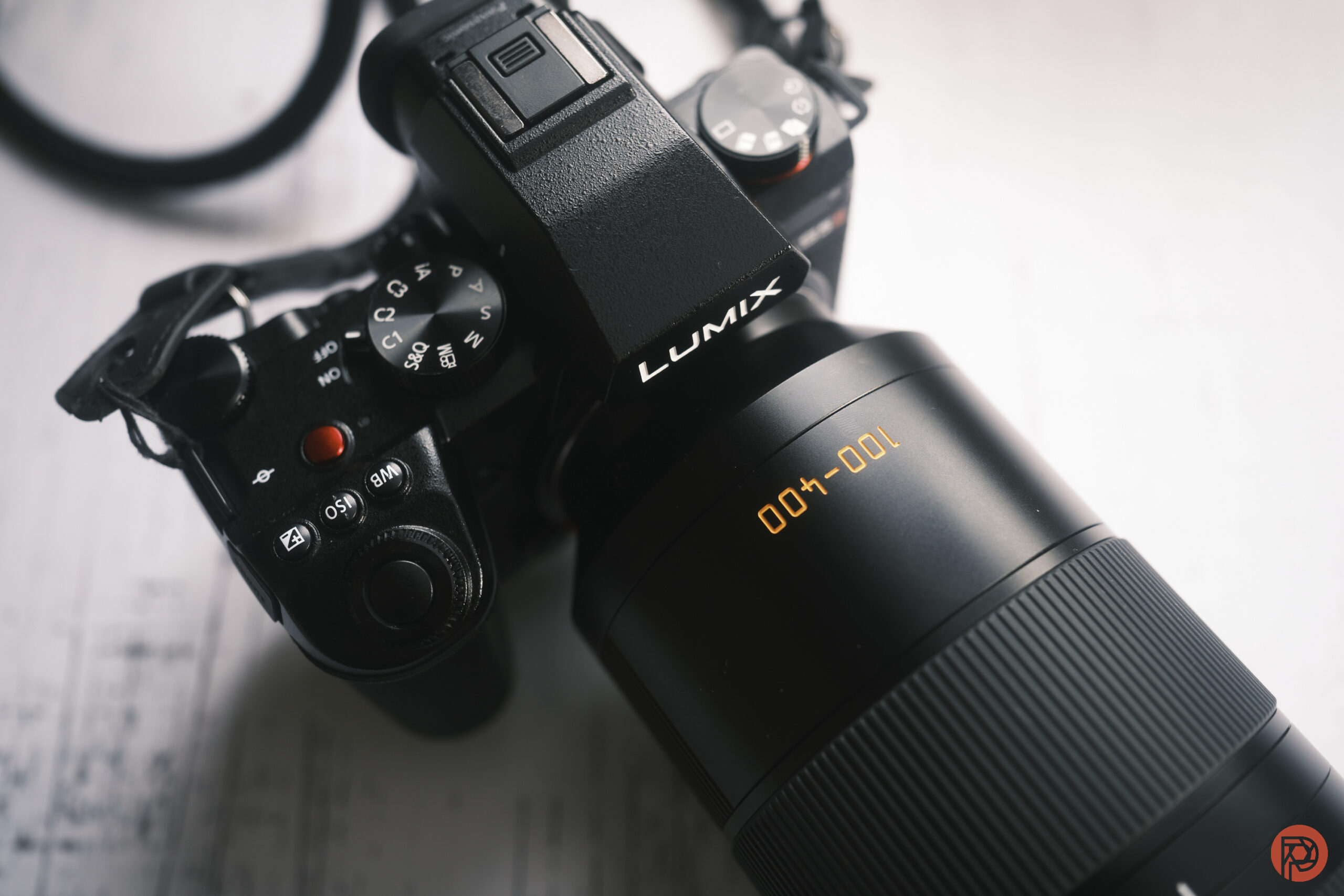
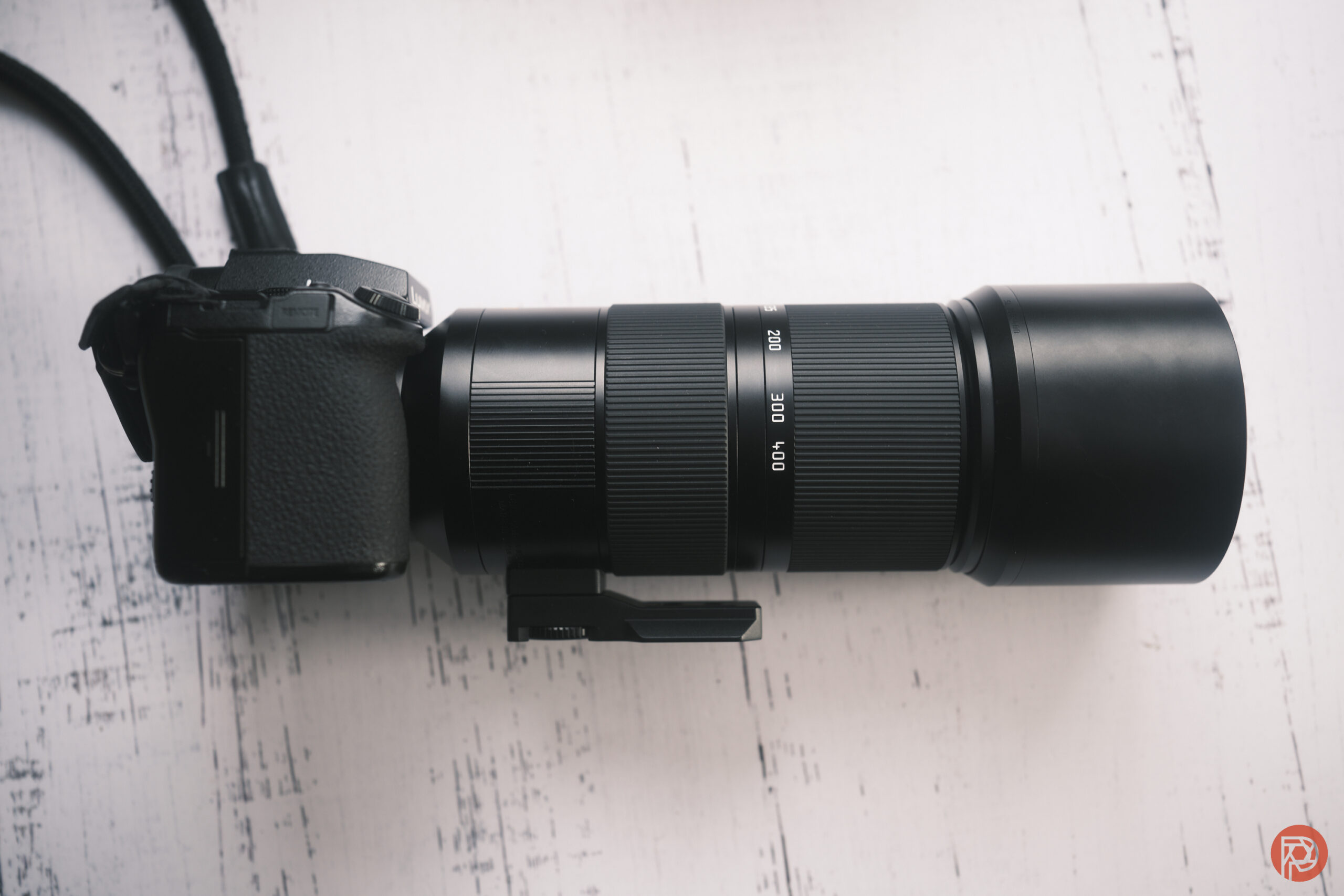
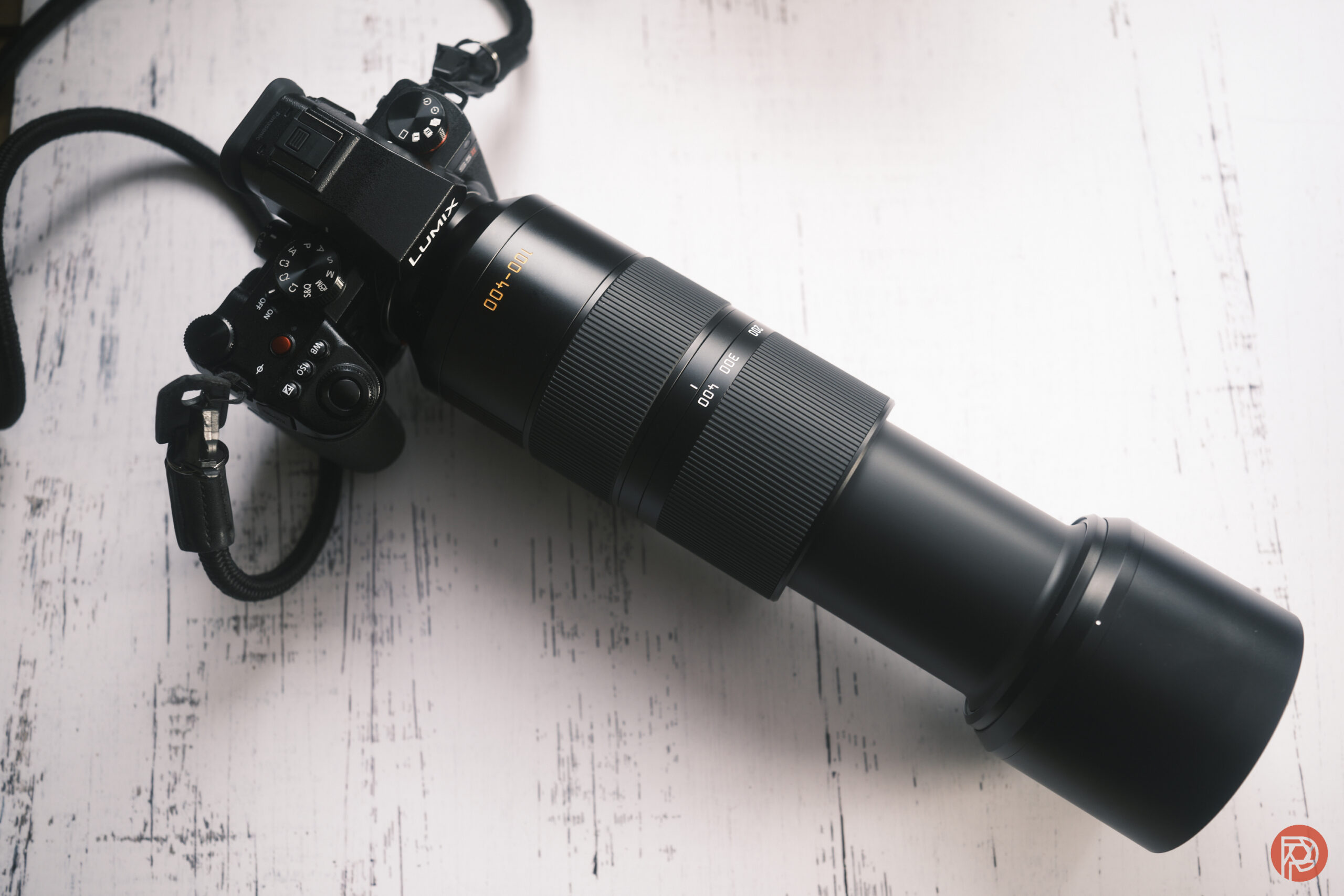
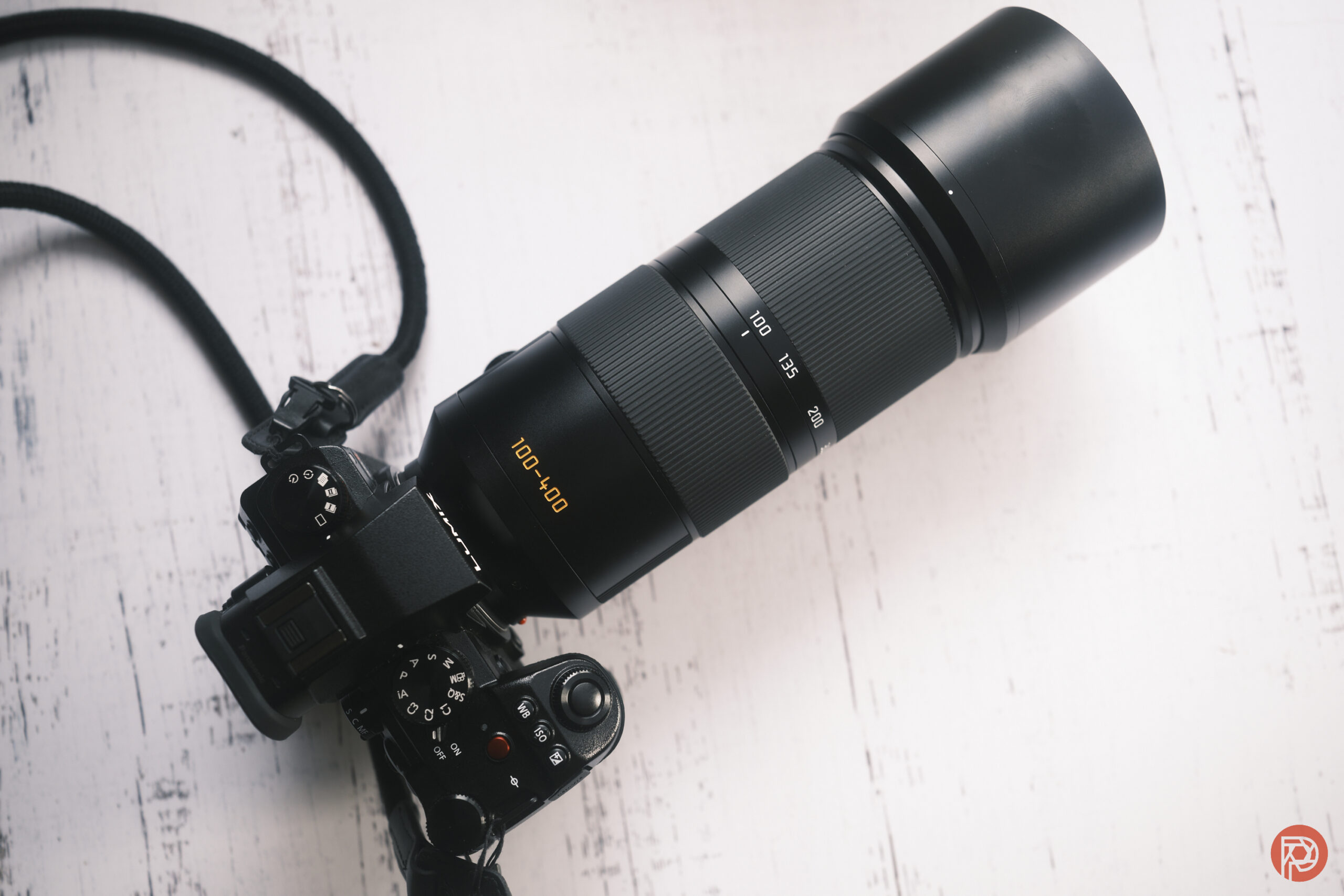
The Leica 100-400mm f5-6.3 SL is, optically speaking, a seemingly direct copy of the Sigma lens variant. However, the two look nothing alike on the outside. The Leica lens is far less bumpy overall and instead reminds us of a bit tube. There are no controls on the lens either, except for the zoom and focus ring. Full-time manual override is the standard, and it will surely help you at times. If you want to do a full switch to manual focus, you’ll need to use the camera body to do so.
While it’s a big lens, it doesn’t totally seem so.
Build Quality
This lens resisted being hit by sand and then a rainstorm where we were warned about hail. All in all, it worked out perfectly fine. This is thanks to Leica’s better build quality than what Sigma offers. The Sigma variant of this lens is only weather resistant at the mount. What’s also really special is overall how lightweight it is despite being heavier than the Sigma variant. This is because of the good design. A lens like this is pretty much encapsulated in a metal tube, which makes it feel more balanced. In practical use, it’s quite nice.
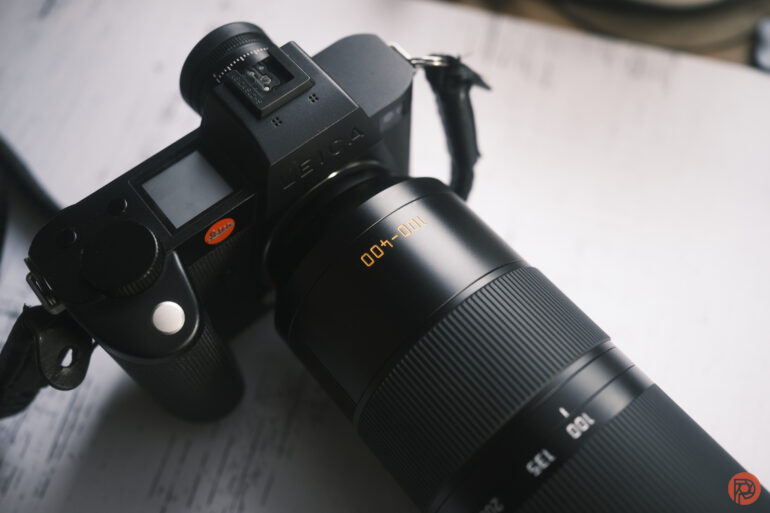
Ease of Use
The Leica 100-400mm f5-6.3 SL doesn’t have any major controls on the outside. If you want to do manual focus, you can do it with manual focus override or switching the camera to the manual focus mode. If anything, I truly wish it had a zoom lock as it suffers from lens creep at times when it’s positioned with the front of the lens down to the ground.
Focusing
We tested the Leica 100-400mm f5-6.3 SL on both the Leica SL2s and the Panasonic S5 II. When I went through my own notes, I found it to be a mixed bag of results. Autofocus isn’t so good on Panasonic in the Single autofocus mode, but it’s very good on Leica. However, with tracking focusing, it’s slightly better on the Panasonic S5 II than on the Leica SL2s. To clarify, that’s when we’re also using the continuous autofocus mode. As the S5 II has phase detection, we’d expect it to perform as such.
When photographing birds at rest and baseball batters, the Leica 100-400mm gave me some excellent performance. But when it came to those same subjects moving really fast towards or away from the camera, the lens, and camera combined sometimes fumbled harder than a tech CEO at a congressional hearing.
With the Panasonic S5 II, it tracked baseball players running towards the camera very well in the all-auto zone setting with Human detection on. With the Leica SL2s, it was a bit more difficult. Sometimes I had to change up the focusing profiles and change it from tracking to human detection. And overall, tracking worked best with the medium-speed drive performance. That’s not to say that it didn’t work when shooting at its highest frame rate. The bigger problem here lies more with the lens and the Leica SL2s. When you’re zooming in and out, the camera has issues with body and face detection – then it takes a little while for it to recover. It makes the entire experience unreliable.
For both cameras, the Leica 100-400mm did a pretty good job with tracking when the subject was running from right to left or vice versa. We found this to be the case with and without exposure preview activated. However, as always, taking exposure preview off really increased the reliability.
Overall though, the autofocus performance of this lens can’t touch what Canon, Nikon, and Sony can offer their customers.
The biggest issue came when using it to focus on birds in the wild moving around. Sigma has told me many times over the years that the autofocus performance of their lenses is to blame on the camera. But in this case, the lens, which I truly believe is a Sigma, focused really poorly and missed lots of shots in the continuous autofocus mode when birds were moving around. That’s not to say that I didn’t bring home some great photos. However, I’d want more reliability. To that end, I don’t know who would ever use something like this for professional birding.
In fact, this was the issue with and without subject detection on with the SL2s and the S5 II. Shooting birds with this lens proved to be far more stressful than it ever should be. Granted, the camera had to track a very small object being obfuscated by trees, leaves, branches, and challenging light. Most brands have problems with this, but I left feeling more frustrated with the Leica 100-400mm f5-6.3 SL than I have with testing Canon or Sony lenses.
Image Quality
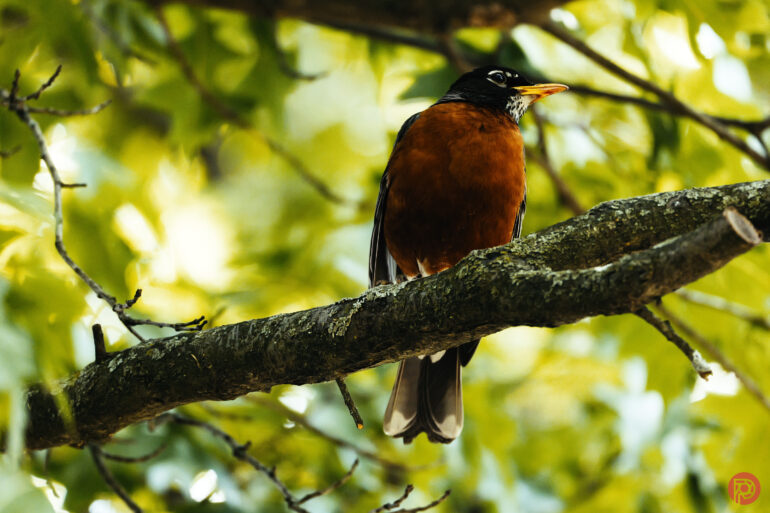
The image quality feels kind of sterile for a Leica lens. However, that’s saying a lot. Despite this, the images from the Leica 100-400mm f5-6.3 SL are still pretty nice. The lens is very capable of producing photos with beautiful bokeh, nice colors, etc. This also comes in part from the cameras. The Panasonic S5 II has the real time lut feature which makes getting the images you truly want even easier to do.
Color Rendition
We found the images from the Leica 100-400mm f5-6.3 SL to be very real to life when placed on the Leica SL2s. But if you put it on the Panasonic S5 II with the real time lut feature activated, you get some next level results due to what the camera is doing.
Bokeh
This bokeh is beautiful, though some might call it a bit nervous or busy. I think that it looks stunning. It isn’t what I’d expect from Leica’s Summicron Apochromatic prime lenses, but it’s nice.
Lens Character
We didn’t encounter any issues with chromatic aberration, fringing or any other typical problems when testing this lens.
Sharpness
The Leica 100-400mm f5-6.3 SL can render very sharp images overall. But sometimes, we still found them to not bad as sharp as what Canon, Sony, and Nikon produce in this similar segment. You can fix this in post-production. However, you can also crank up the sharpness with the Panasonic s5 II’s real time lut feature.
Overall, if you haven’t noticed the pattern, the Panasonic Real Time LUT feature majorly saves this lens from being very boring.
Extra Image Samples
From day one, The Phoblographer has been huge on transparency with our audience. Nothing from this review is sponsored. Further, lots of folks will post reviews and show lots of editing in the photos. The problem then becomes that anyone and everyone can do the same thing. They’re not showing what the lens can do. So we have a section in our Extra Image Samples area to show edited and unedited photos. From this, you can make a decision for yourself.
Edited
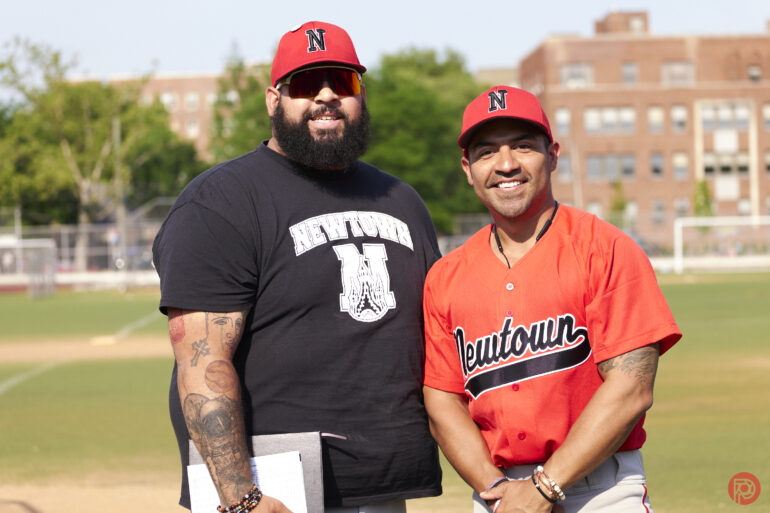
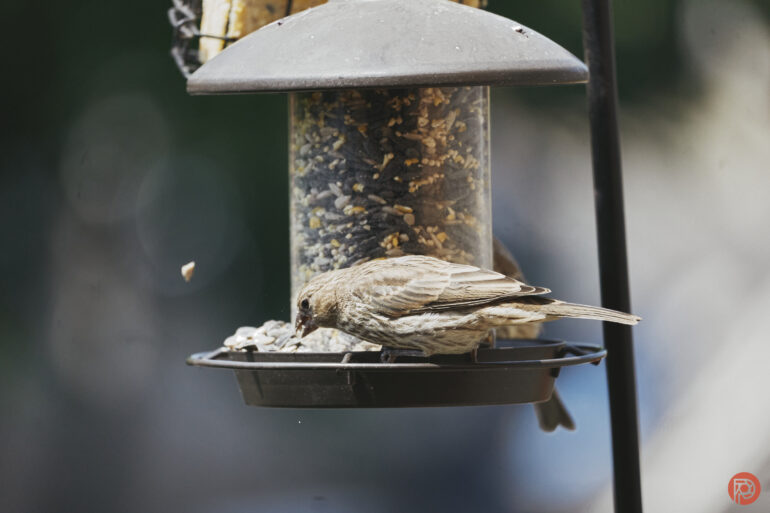
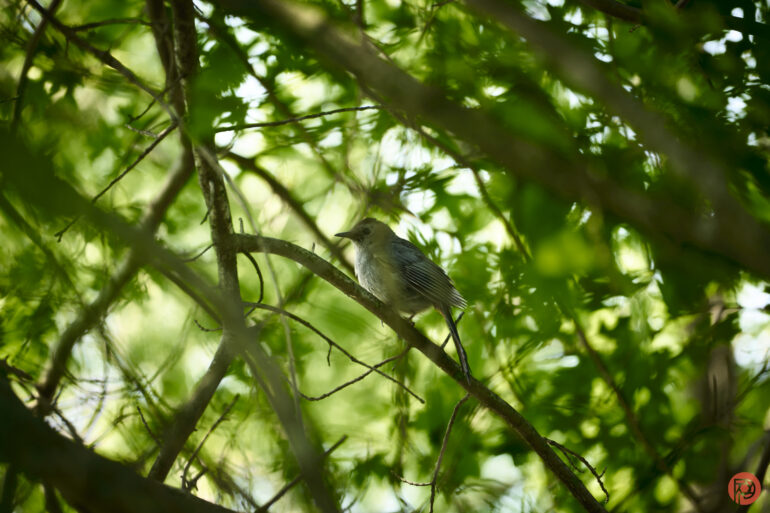
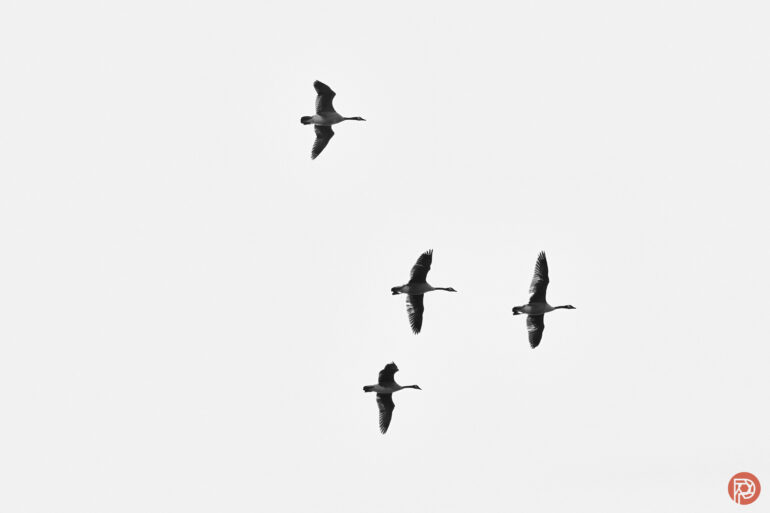
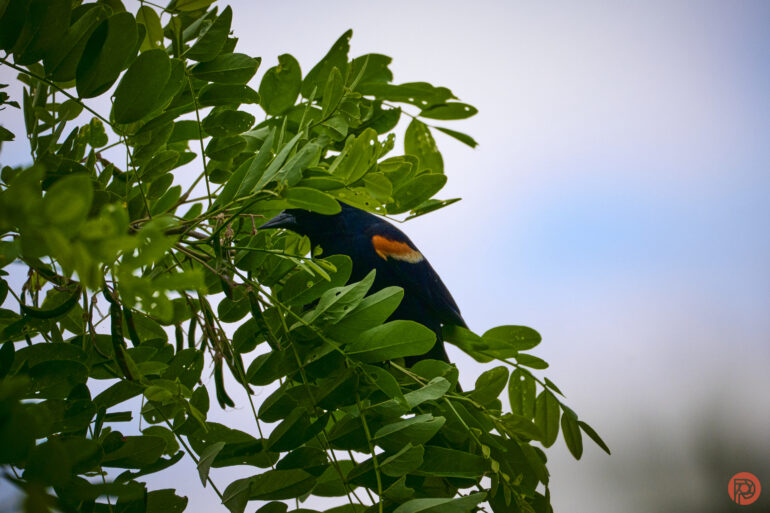
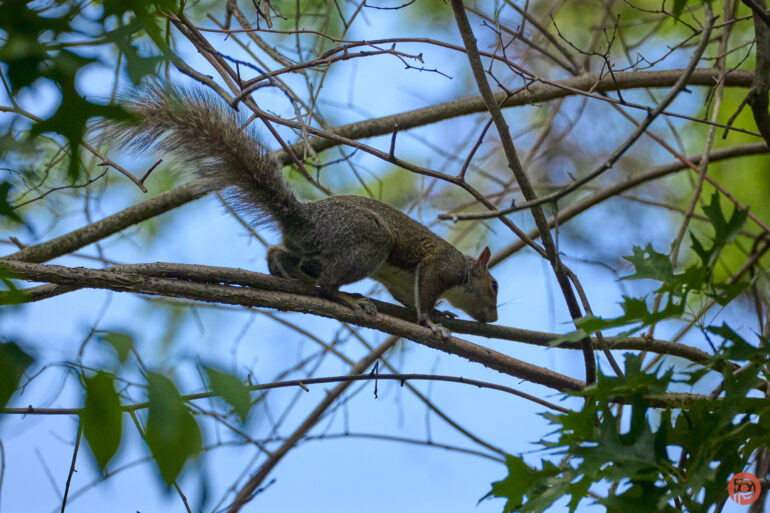
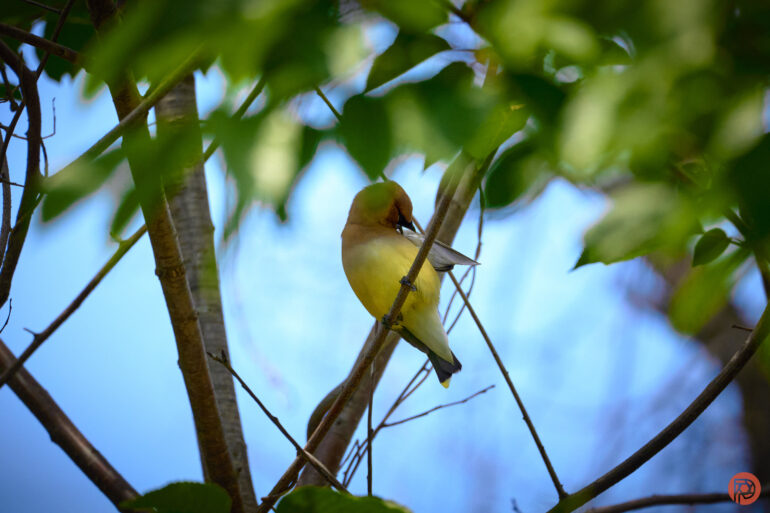
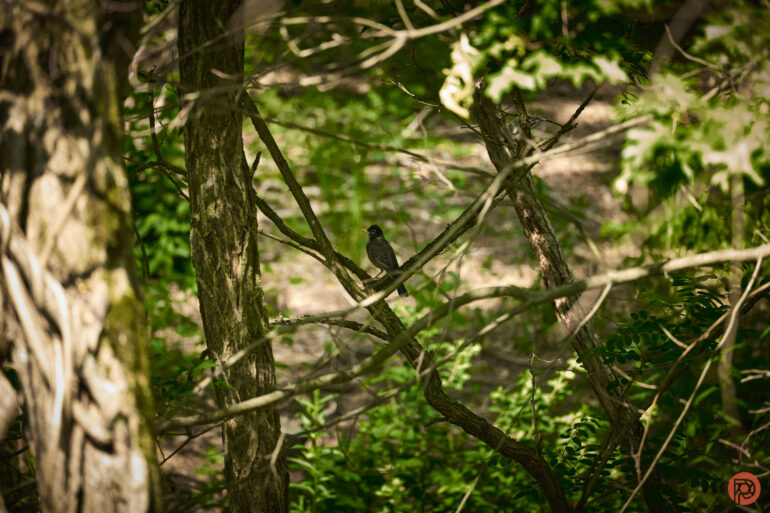

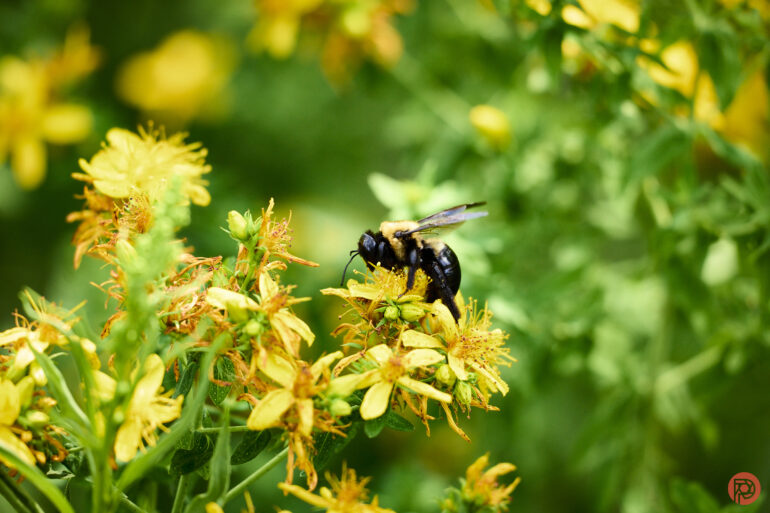
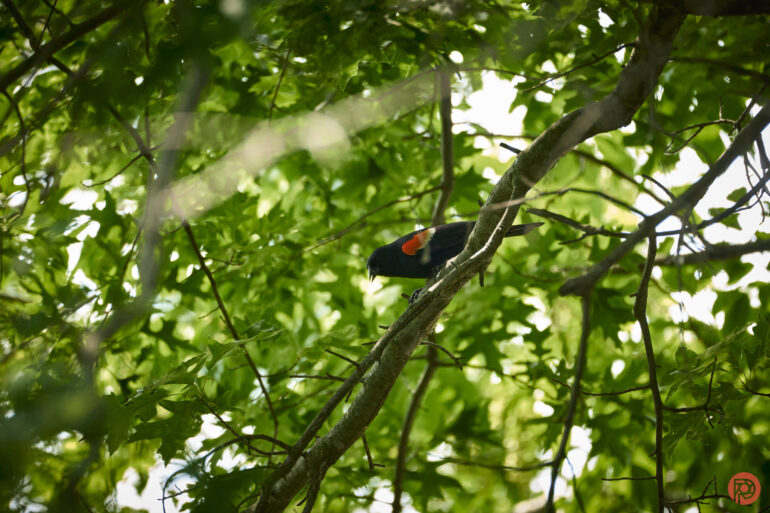
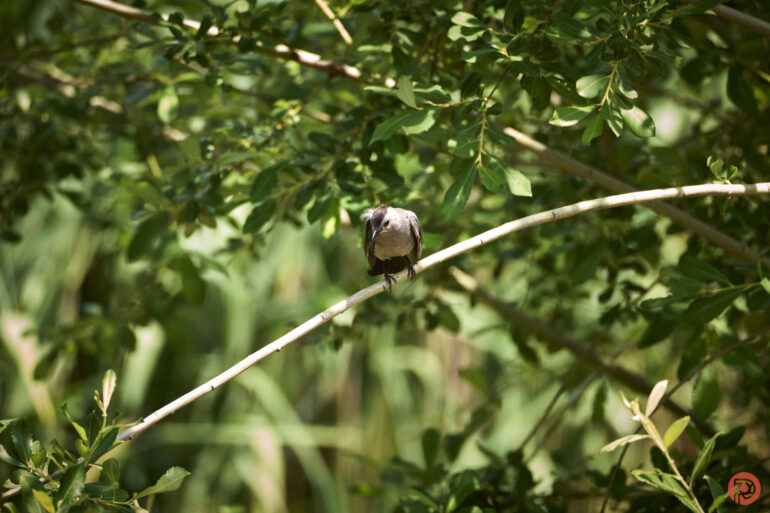
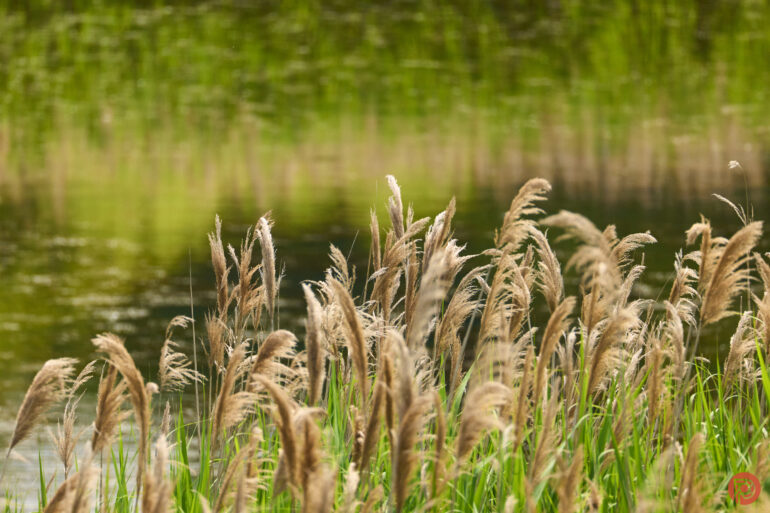
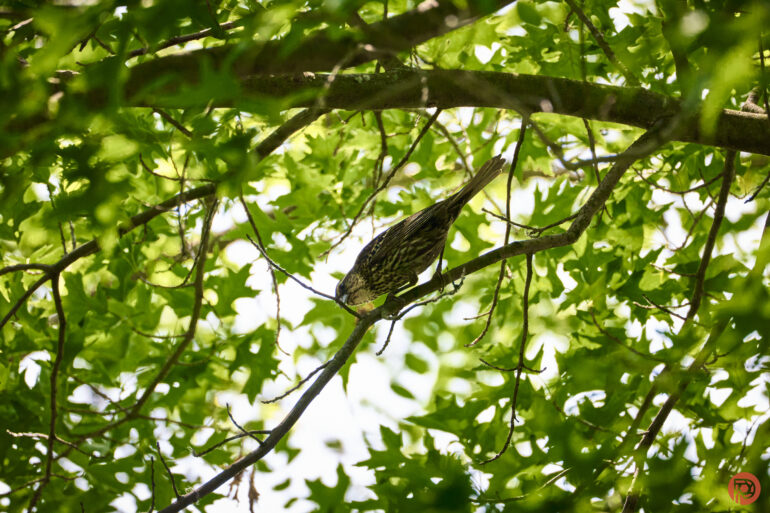

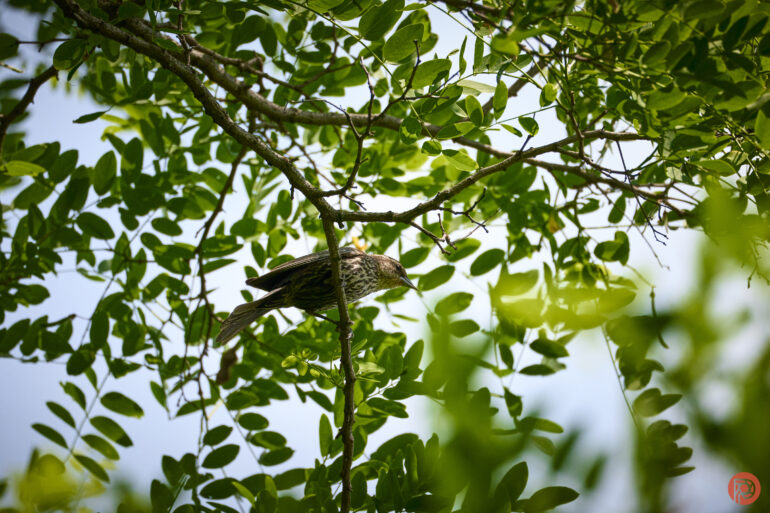
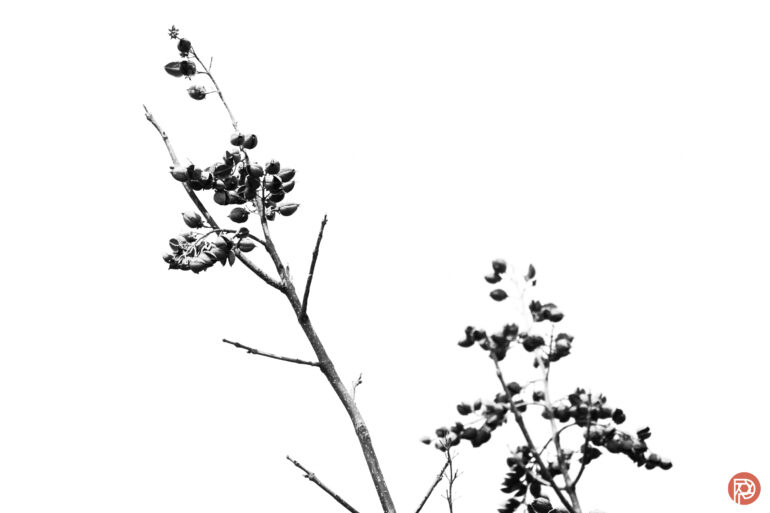
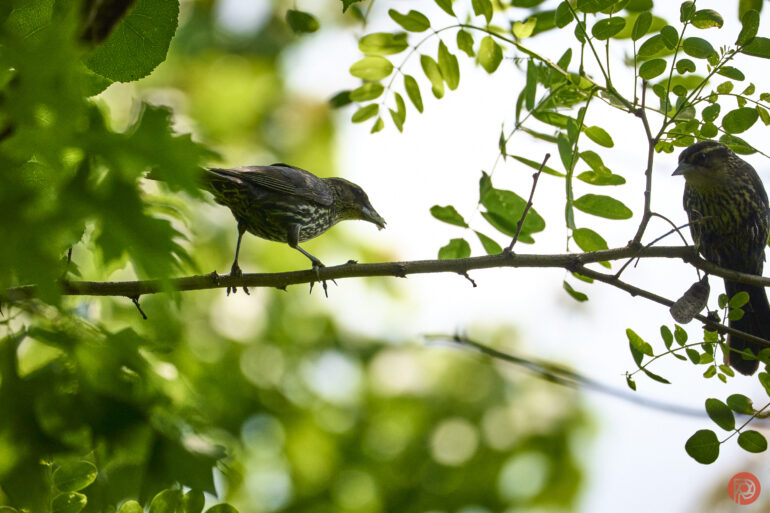

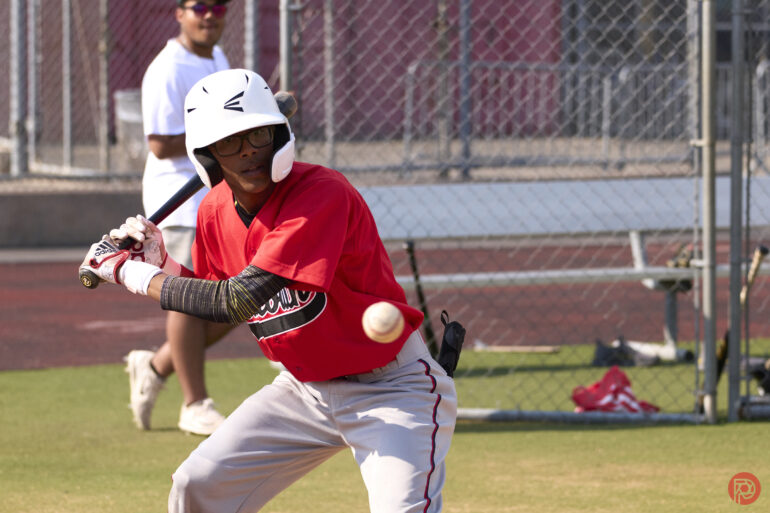
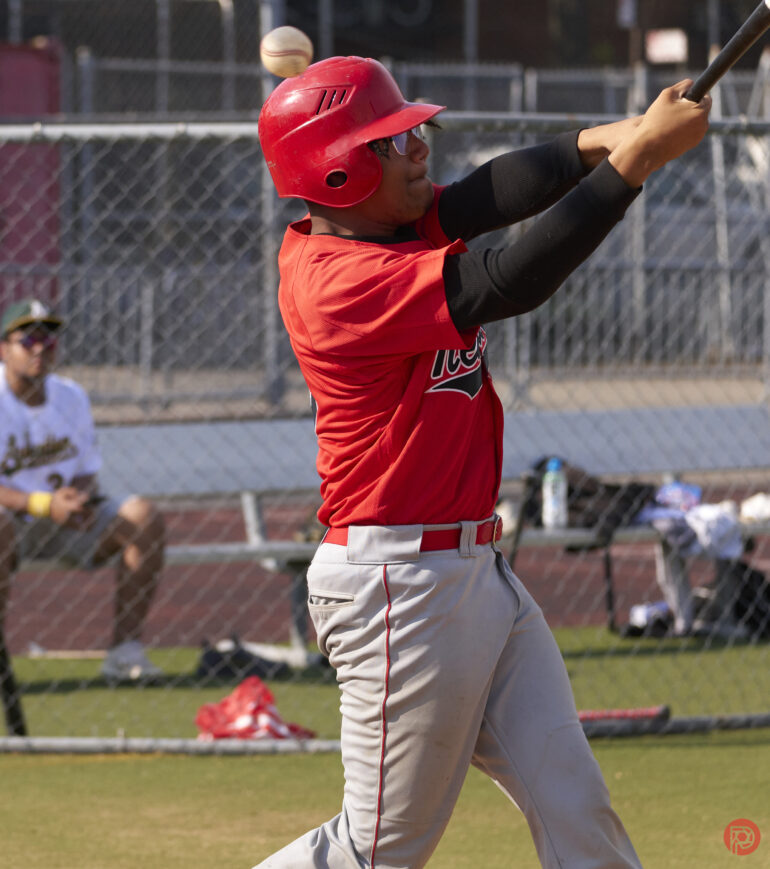

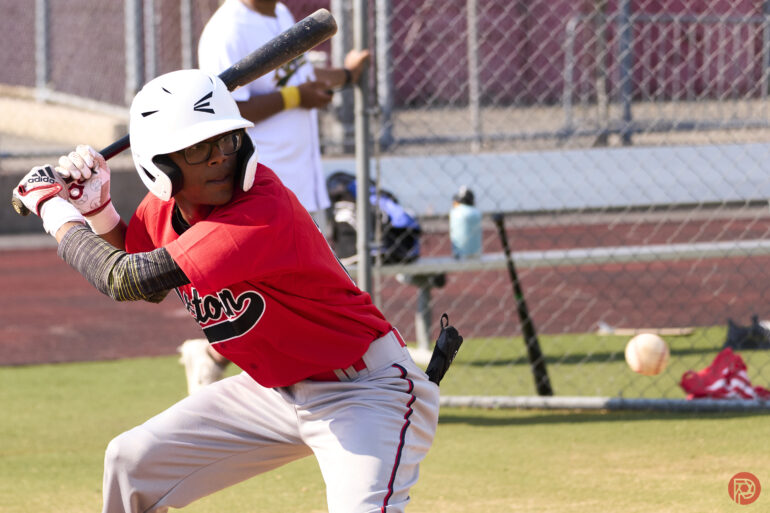
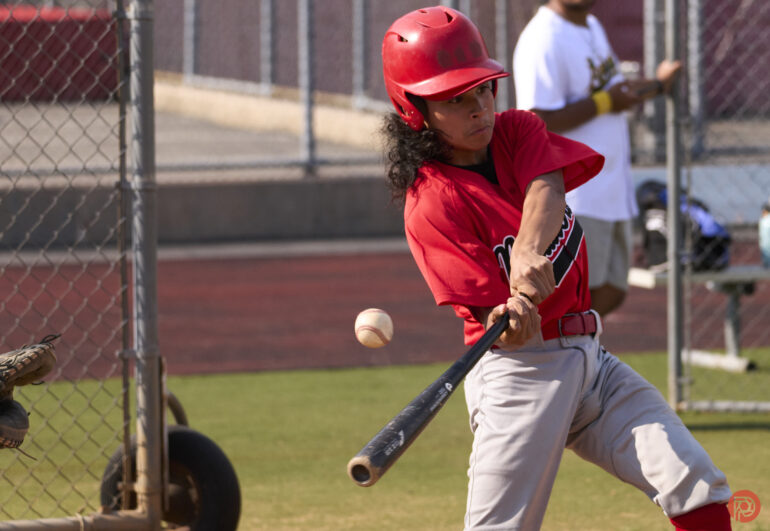

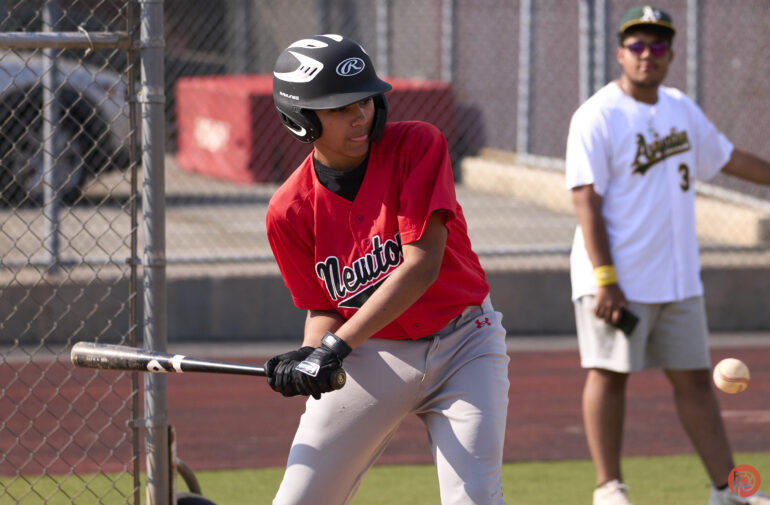



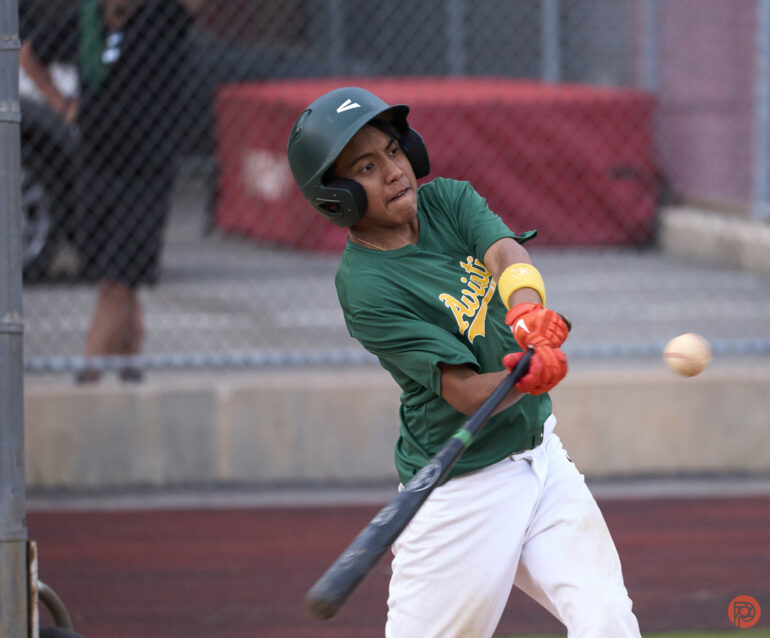


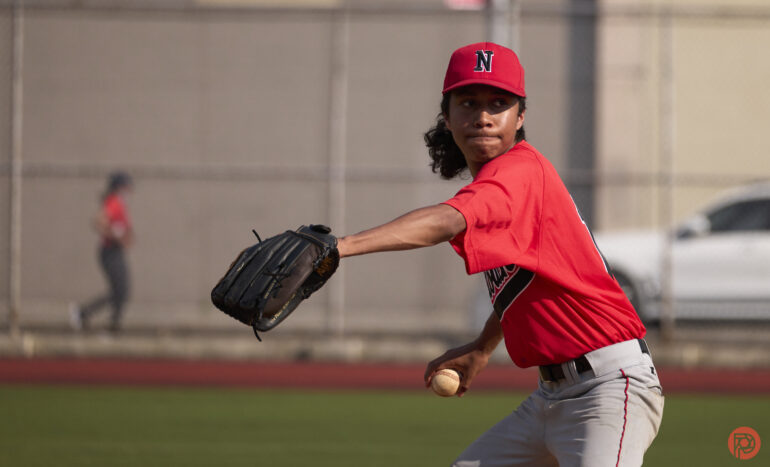
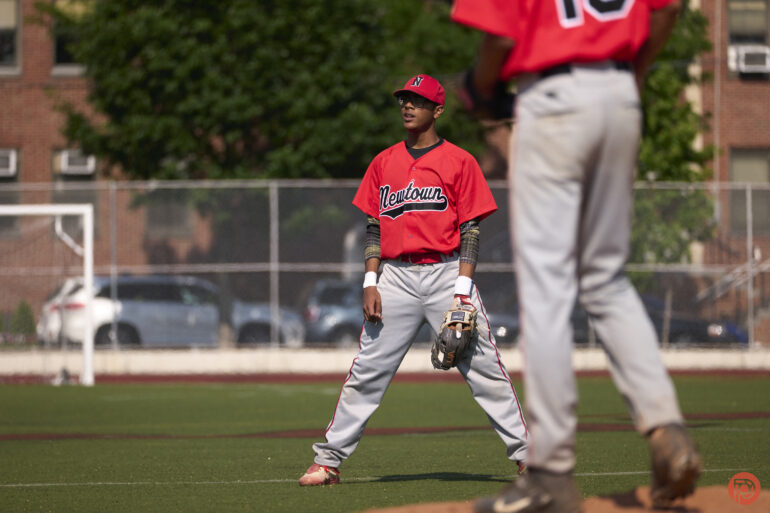
Unedited
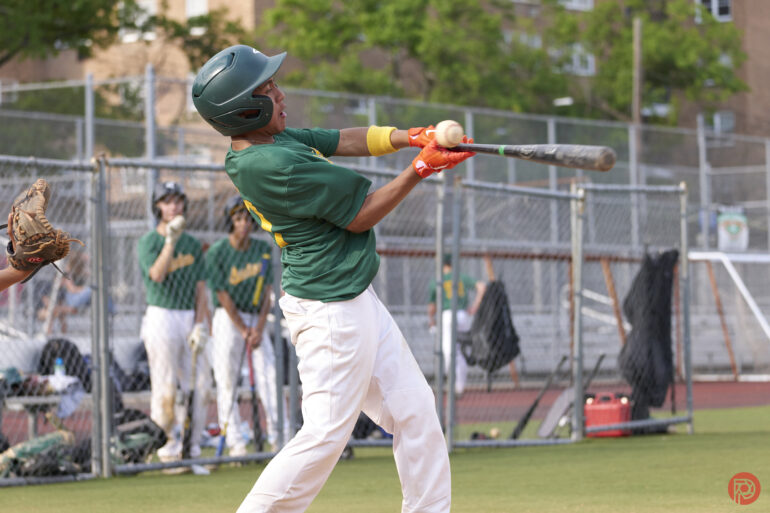
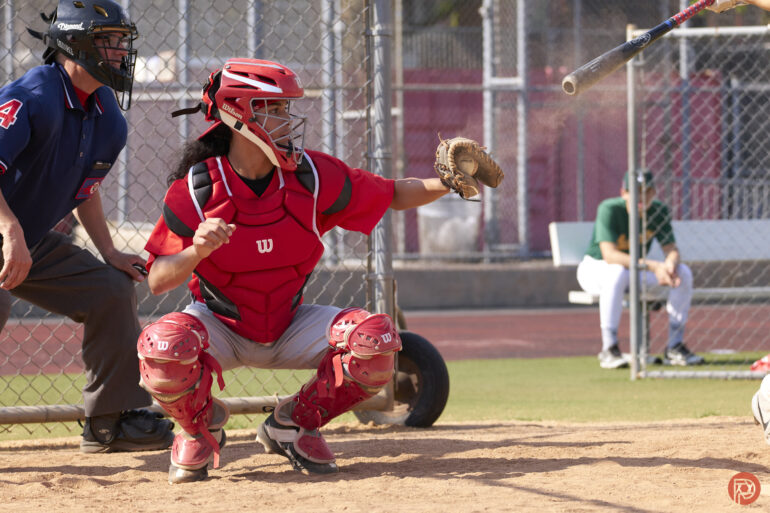

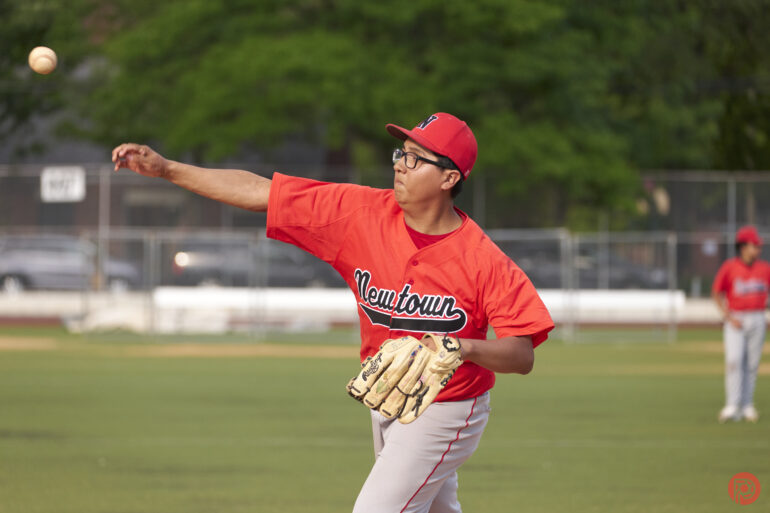



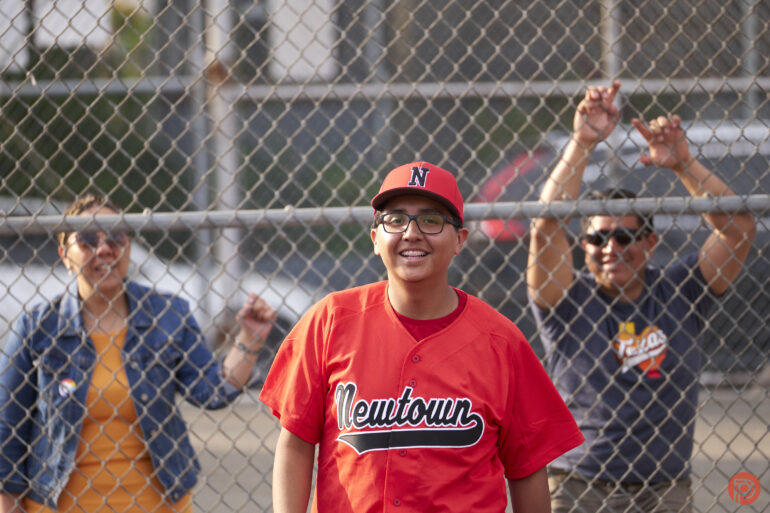

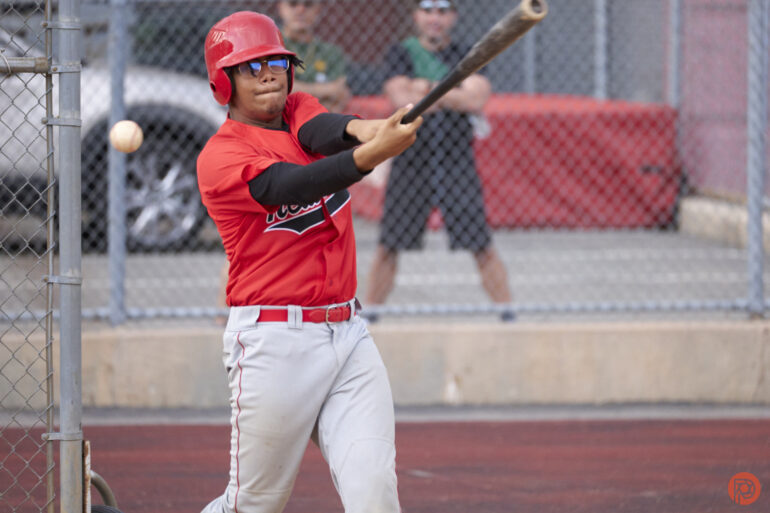
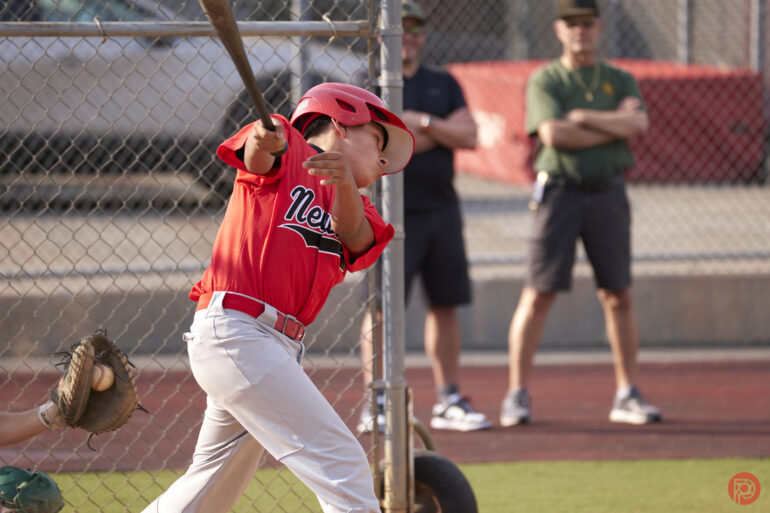
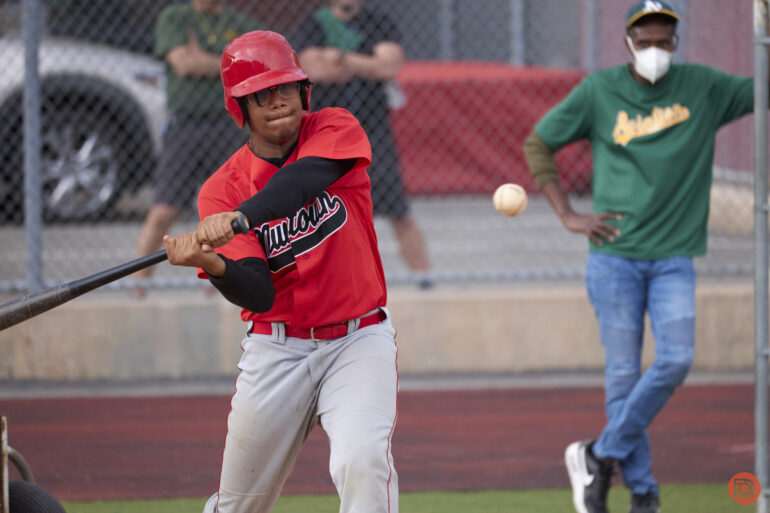
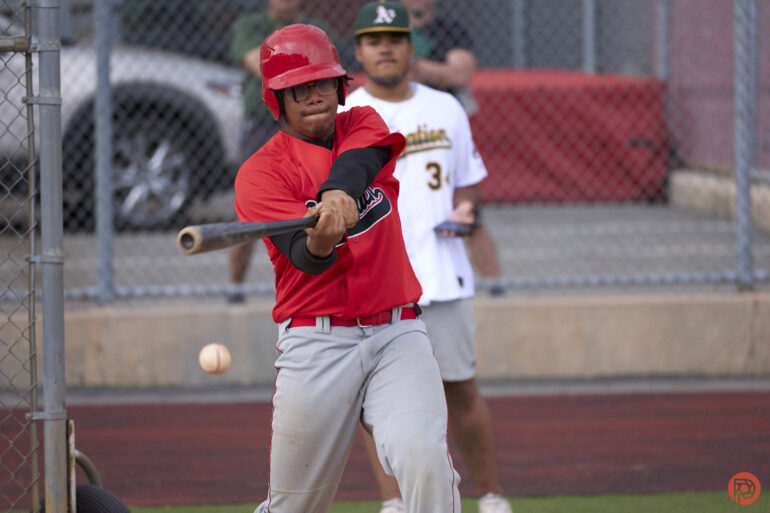
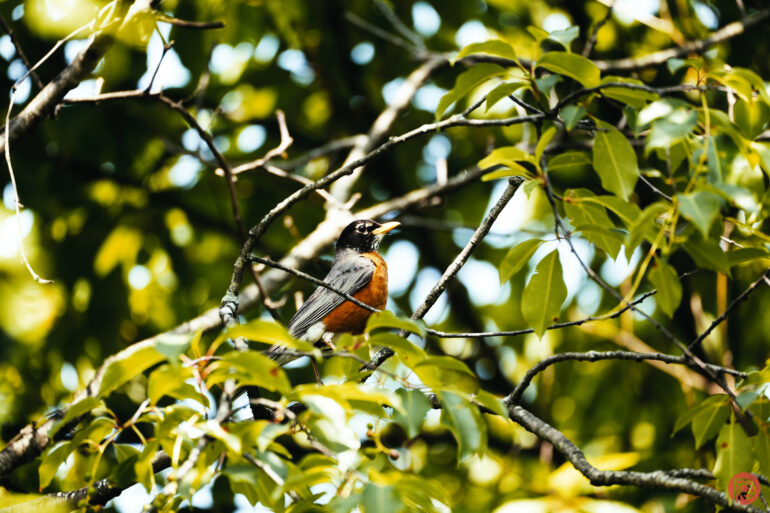
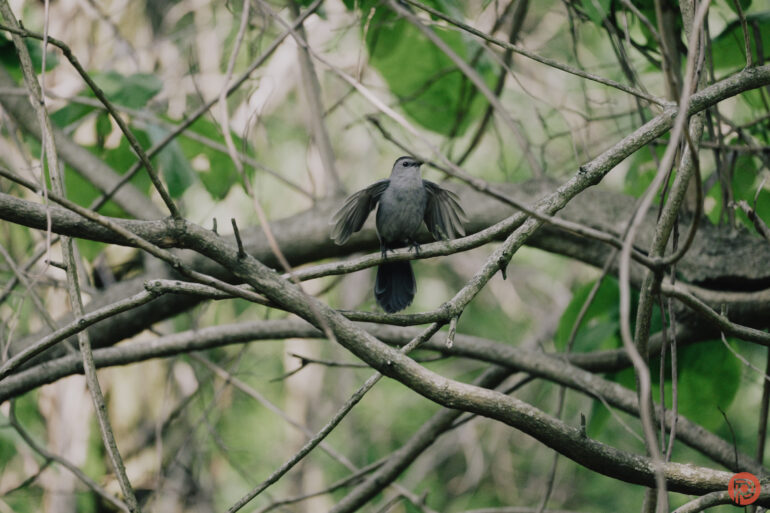
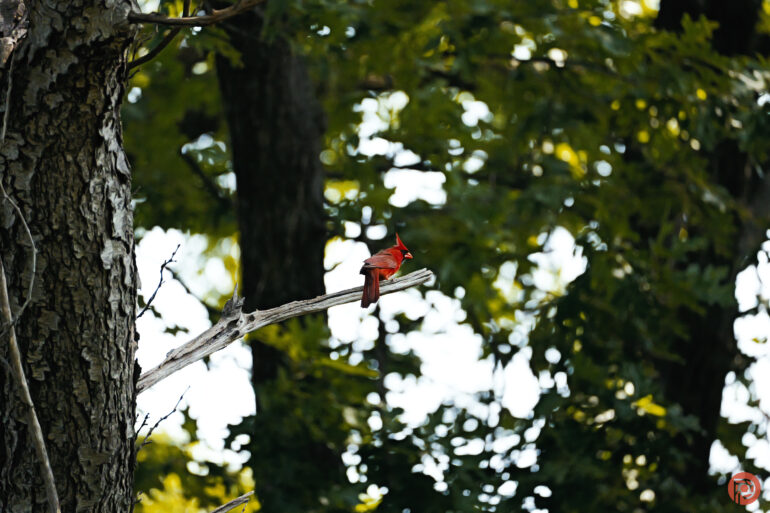




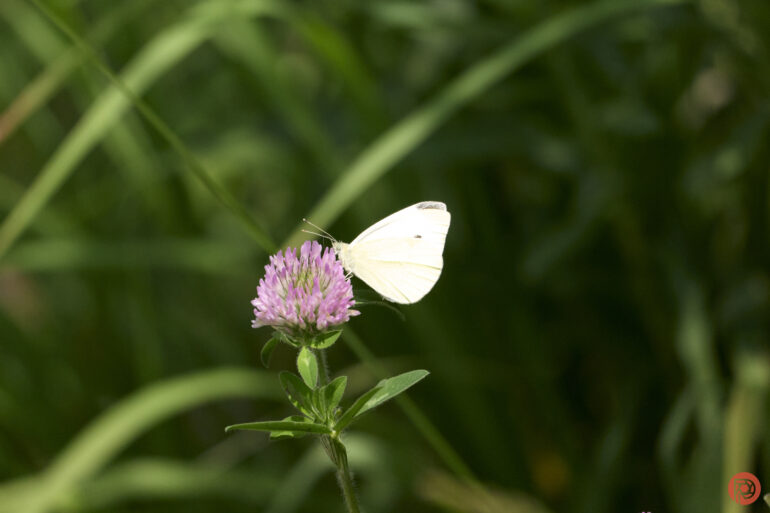


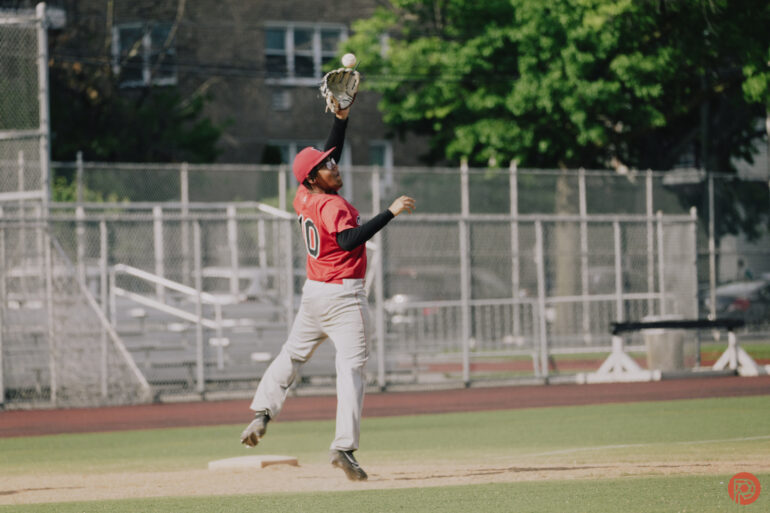



Who Is It For?
The Leica 100-400mm f5-6.3 SL is a lens designed for the photographer who shoots with the Leica SL system and wants something more affordable. Alternatively, you could want a seriously weather-resistant lens for the SL system. And for the money, it’s doing an excellent job.
Tech Specs
These specs are taken from the Adorama listing
- 100-400mm telephoto zoom lens – Nature, wildlife, sports and action photography
- High imaging performance – Over the entire zoom range and aperture range
- Blur-free images – Optical image stabilization
- Compact and lightweight at 1,482g
- Lens Mount: Leica L Mount
- Lens Format: Full Frame
- Zoom Focal Length: 100-400mm
- Maximum Aperture: f/5.0-6.3
- Lens Type: All-In-One Zoom
- Special Features: Bokeh Effect, Dustproof/Splashproof, Image Stabilization, Weather Resistant


